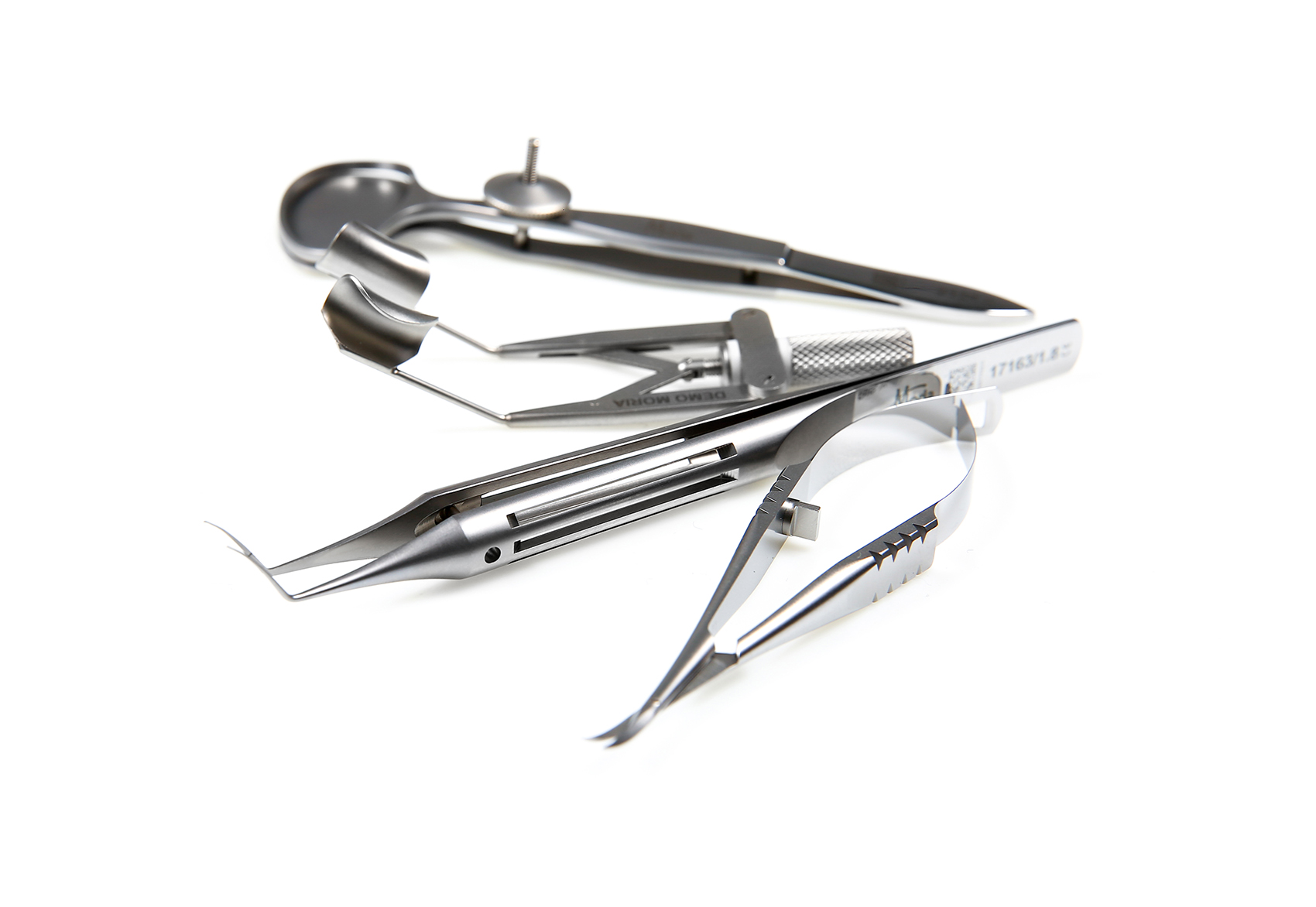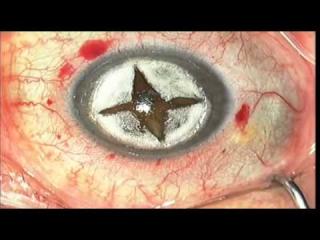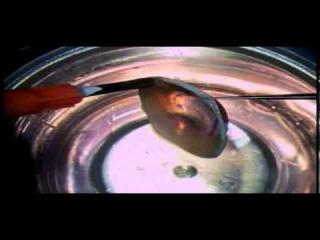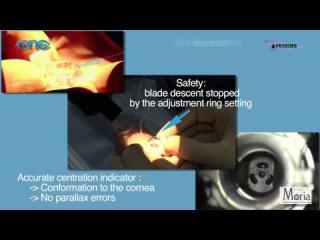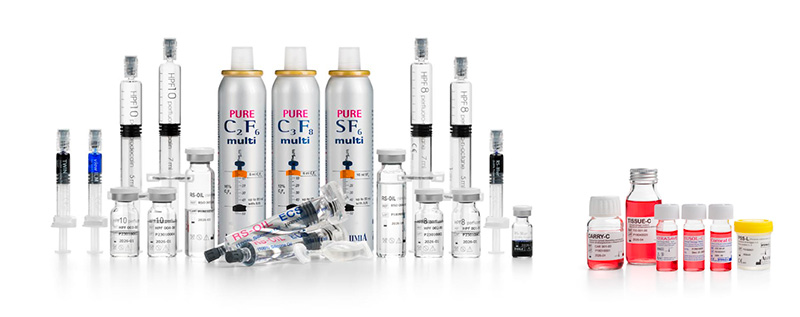What is the recovery time after a phacoemulsification ?
During the procedure, the corneal incision is self-sealing. It only takes a few days for it to heal entirely. Antibiotics and anti-inflammatory medicines are prescribed by the ophthalmologist in the shape of eye drops that reduce the inflammation and prevent the risks of postoperative infections. In most cases, the antibiotics are prescribed for 7 to 10 days. The anti-inflammatory medication must be taken for 3 to 6 weeks.
What is phacoemulsification?
The phacoemulsification technique
Phacoemulsification is a word coming from Greek, “phakos”, which refers to the crystalline lens. It is currently the most popular surgical technique to remove the crystalline lens. Phacoemulsification is also highly appreciated by ophthalmologists worldwide as it is a safe and effective surgery.
Phacoemulsification to remove a cataract
During a phacoemulsification, the ophthalmologist starts by opening the capsule with a capsulorhexis forceps by a micro-incision. The clouded lens is then broken up using an ultrasound probe. The broken fragments are removed in the same time by the same probe, before the extracted lens is replaced by a standard lens implant. Phacoemulsification can be performed at any stage of cataract development [1].
[1] Roger F. Steinert, MD - The Basics of Phacoemulsification - CRST - https://crstoday.com/articles/2011-may/the-basics-of-phacoemulsification/
How is phacoemulsification performed?
Local anesthesia for phacoemulsification.
Before starting the cataract removal surgery, the surgeon instills anesthetic drops on the eye surface. This is called a “topic anesthesia”.
What tools are necessary to perform phacoemulsification?
Surgeons routinely use cataract removal tools such as forceps, manipulators, hooks, spatulas, and IOL injectors. These are designed for IOL implantation.
To make the procedure easier for the ophthalmic surgeons during a cataract surgery, Moria has designed two cataract phacoemulsification sets : the basic set and the extended set
What results can be expected?
Numerous scientific studies have shown good outcomes of phacoemulsification on patients 6 weeks after the intervention. Although both small-incision and phacoemulsification are considered safe surgeries, the former procedure shows better results on patients’ eyesight following the intervention [4].
[4] Marta Benítez Martínez,1 David Baeza Moyano,1 and Roberto Alonso González-Lezcano2,* - Phacoemulsification -NIH (En ligne) - https://www.ncbi.nlm.nih.gov/pmc/articles/PMC8621996/#:~:text=Phacoemulsification%20can%20be%20used%20at,parameters%20is%20implanted%20%5B8%5D
Phacoemulsification complications
The major risk of phacoemulsification is a posterior capsule rupture (PCR). This occurs in 0.5% up to 10% of cataract surgeries. In case of a PCR, the vitreous as well as nuclear fragments must be removed from the anterior chamber, from the wound itself or from the vitreous cavity. If this is not done, there are high risks of developing an infection or a vitreous traction that could lead to retinal detachment [5].
[5] Marta Benítez Martínez,1 David Baeza Moyano,1 and Roberto Alonso González-Lezcano2,* - Phacoemulsification: Proposals for Improvement in Its Application - NIH - https://www.ncbi.nlm.nih.gov/pmc/articles/PMC8621996/#:~:text=Phacoemulsification%20can%20be%20used%20at,parameters%20is%20implanted%20%5B8%5D





